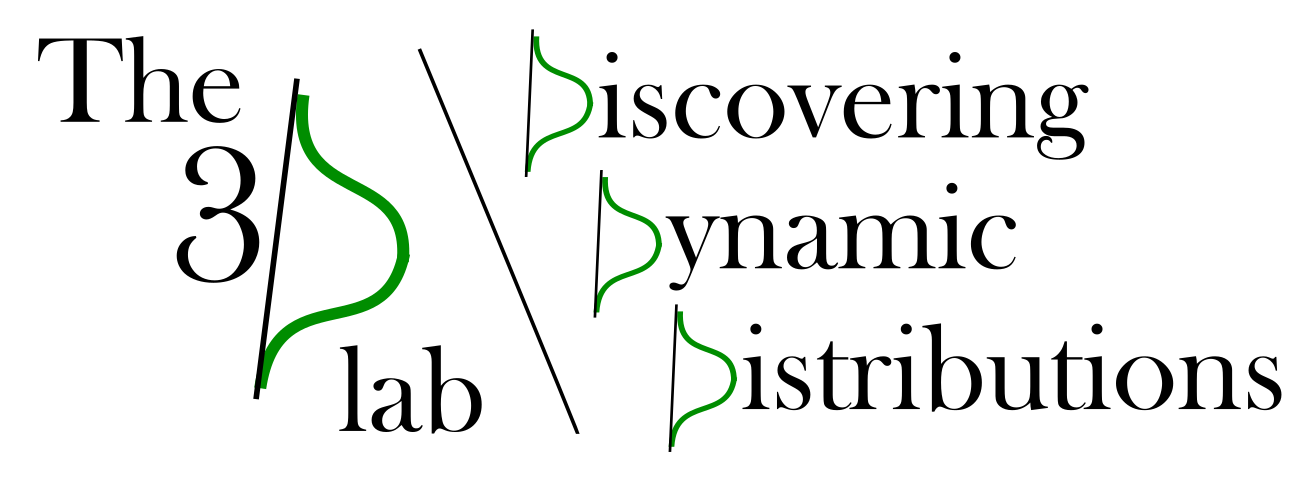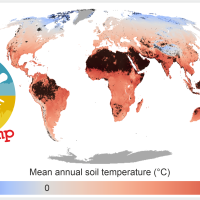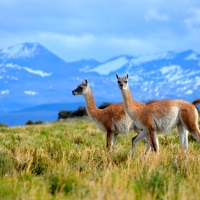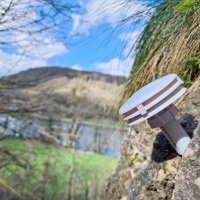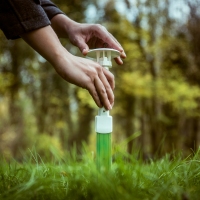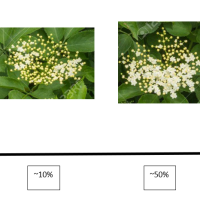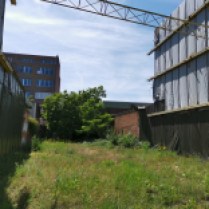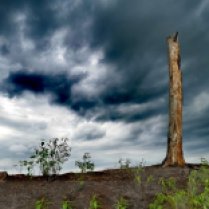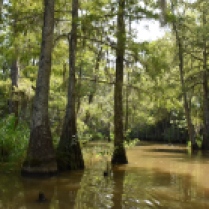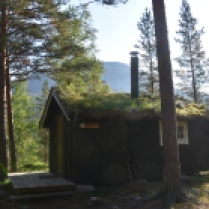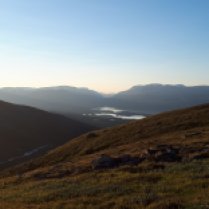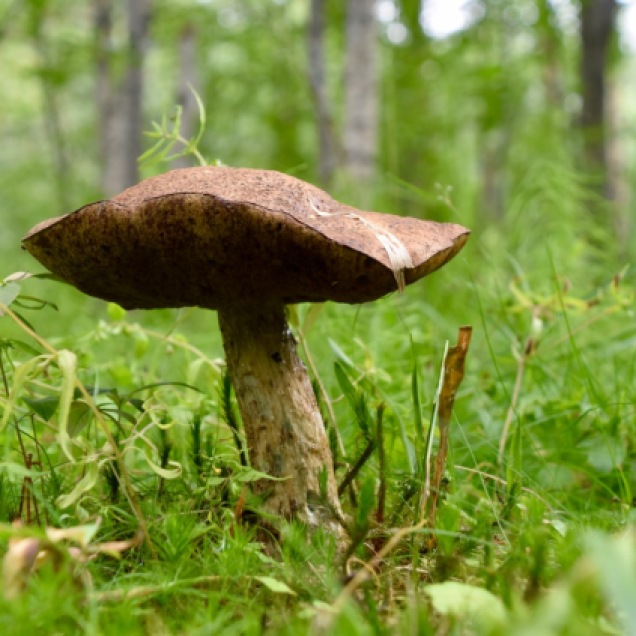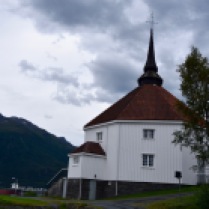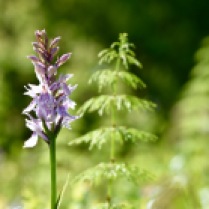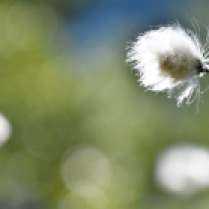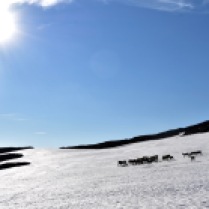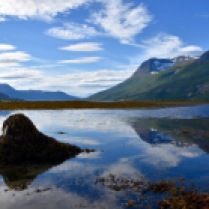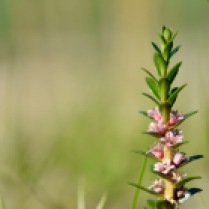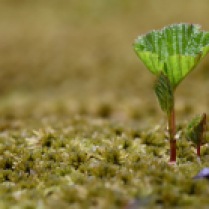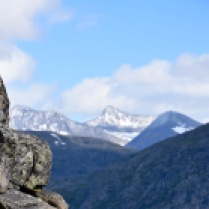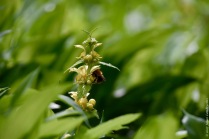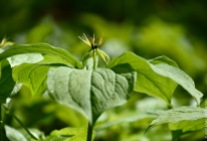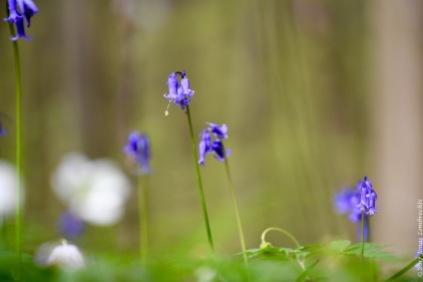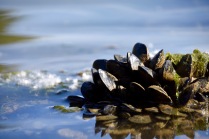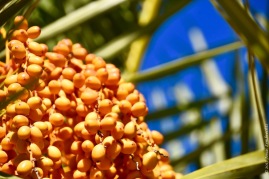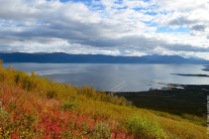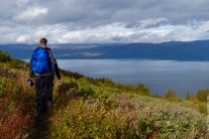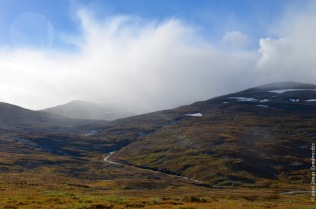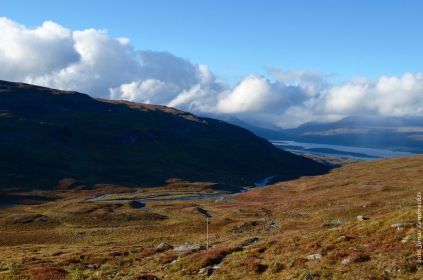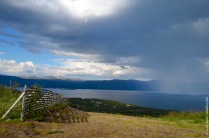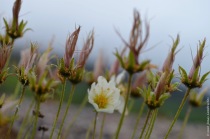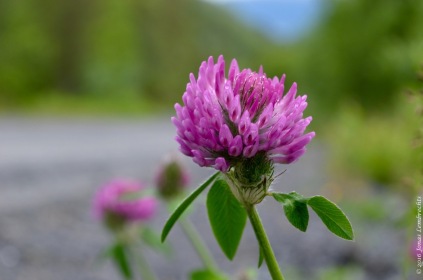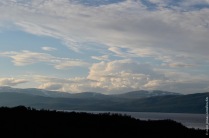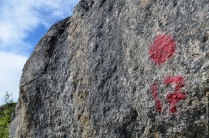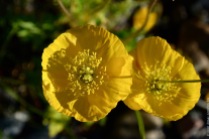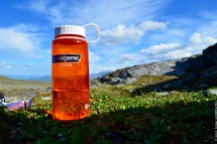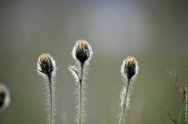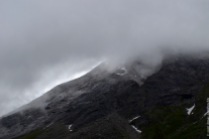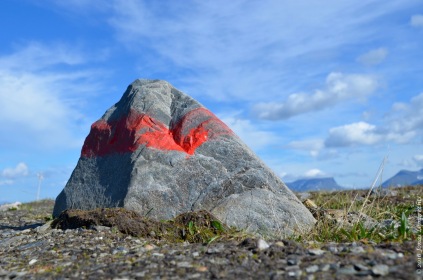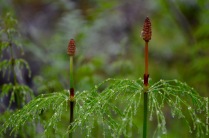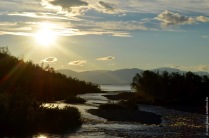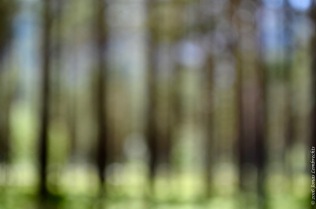When we started SoilTemp, we had one main goal: making microclimate research into a global science. Achieving that would mean two things: bringing all the data together in a global database was an obvious first, but we had something perhaps more important up our sleeves: bringing the global microclimate community itself together. The latter was the main ambition of the first international Microclimate Ecology & Biogeography conference we organized last week and for this reason alone, it would in any case be one of the main highlights of my scientific career.

Covid tried to derail our plans (see also this breakdown of how the conference came to be), but in the end, the conference exceeded all expectations and my darkest fears*: 128 participants from 28 countries, for starters, to make crystal clear that the microclimate community is alive ánd everywhere. Talks had topics ranging from shrub expansion in the high Arctic tundra to coffee plantation microclimate in tropical Africa, from global high-resolution microclimate maps (keep an eye out for the exciting ‘DirtClim’-work by David Klinges, for example) to the implications for tiny bryophytes. the conference had it all.

I might be a bit biased, of course, but I think this first ME&B-conference was the best conference I ever attended. An incredible density of high-quality talks, a poster session with even more good stuff, and a never-ending chatter during coffee breaks, for example. Or the pre-conference excursion on the first day, taking an interested audience past some of Flanders’ best ecological infrastructure (and the purple heathland of our National Park).

So what to take home from this high-energy week? The ecological community – and adjacent fields – has clearly embraced the notion that we need climate data there where it matters for organisms. The amount of solutions – ranging from low-cost sensors over mechanistic models to LiDAR-based environmental mapping – is now also booming. A lot of work remains ahead, of course, as the realisation that each research question, each organism, and each study system might need its tailored microclimate data is making us scramble for ever more creative solutions.

Time is also not on our side, unfortunately. While we are measuring microclimate, that very microclimate is rapidly changing as macroclimate warms and land use restructures (or often removes) vegetation. It might thus serve us scientists well to remain a bit in a hurry. Yet the conference strengthened my hope in that regard, as what I saw here was a community eager to learn from each other, eager to collaborate and eager to work together on correct data-driven answers to the precarious situation our planet is in.

I came into microclimate science with a simple dream: knowing the climate as experienced by my study plants. I soon realized many across the world were having the same dream, and were working on creative solutions to solve that issue. The end result of all that is the SoilTemp network and the SoilTemp database, and the most visible product of it all was this beautiful conference. More to come!
Ending with a big big thank you to the co-conspirators: Pieter and Koenraad, thanks for sharing this dream and working so hard together to make this conference a reality!
* I truly got to think a week before the conference that all my emails would have gone to spam-folders and nobody would show up at the conference itself. Ridiculous, in hindsight…

